Until the beginning of next year, a splendid exhibition is on at the National Museum of History in Sofia - “Bridges of light”. It features fifty works of famous Bulgarian artist Valchan Petrov displayed together with carefully selected valuables from the museum's huge collection. The idea shaped up for a couple of years. „We had seen a few of his artworks”, explains Dr Elka Penkova from the National Museum of History. “He recreates a few Thracian plots, churches and beautiful vessels. This has inspired us to arrange an unusual exhibition.” The exhibition shows emblematic monuments: pieces from the treasures of Panagyurishte and Rogozen, from the necropolis of Apollonia Pontica, marble votive tablets of a Thracian horseman, icons, church plate and ancient woodcarving works.
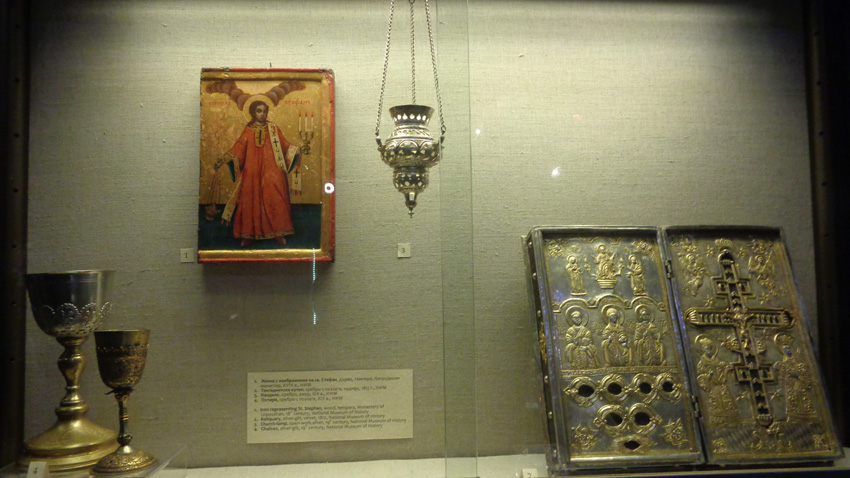
The team has won a project from the Ministry of Culture to arrange a temporary exhibition. Their idea was to seek continuity between Thracian monuments from the Classical Antiquity, pagan traditions and Christianity. This gave rise to the exhibition's concept: to arrange items like the circle of the sun.
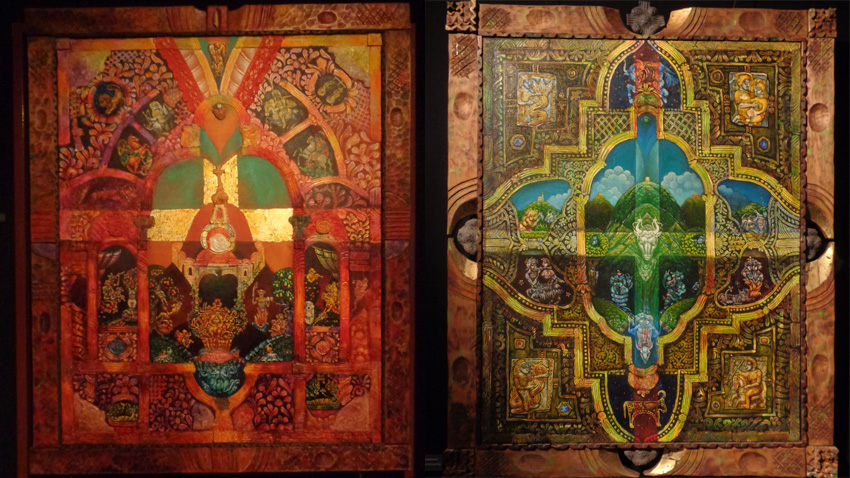
„Our idea emerged from the four seasons that Valchan has painted in his lovely works with various symbols”, Elka Penkova says further. “What we did was to draw up a consistent thematic structure with the meanings of symbols that they had in the Classical Antiquity. What is important is how this meaning changes in a Christian context and how it is interpreted by a contemporary Bulgarian artist who is also a Balkan artist and he always emphasizes the latter. And so we started with the circle of the sun and the seasons, as we linked the Thracian Orphic faith with Christianity. Even the image of Orpheus found in Roman catacombs dated to early Christianity, was presented as the good herdsman or sometimes as Christ. It was a challenge to write the captions to the exhibition so as to provide for a clear and concise explanation of the whole concept. Well, I think we have succeeded in showing continuity.”
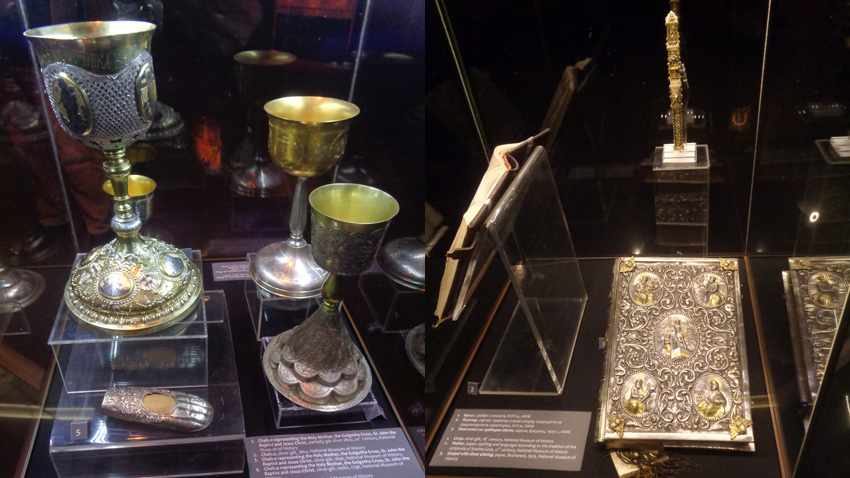
The team who worked on the exhibition “Bridges of light” opted for theater lighting - in line with the latest trends of mixing art with other creative fields. This is the input of one of the team's members, scenographer Elena Boyadzhieva, who has also worked to create a good spatial connection of the concepts of life and death, and divine knowledge. The exhibition is the product of the joint efforts of Valchan Petrov, Dr Elka Penkova and her colleague Dr Lyubava Georgieva who work in the field of the history and culture of the Classical Antiquity. Young art historians Dr Lora Nenkovska and Dr Tsveta Georgieva-Katsarova have also joined in.
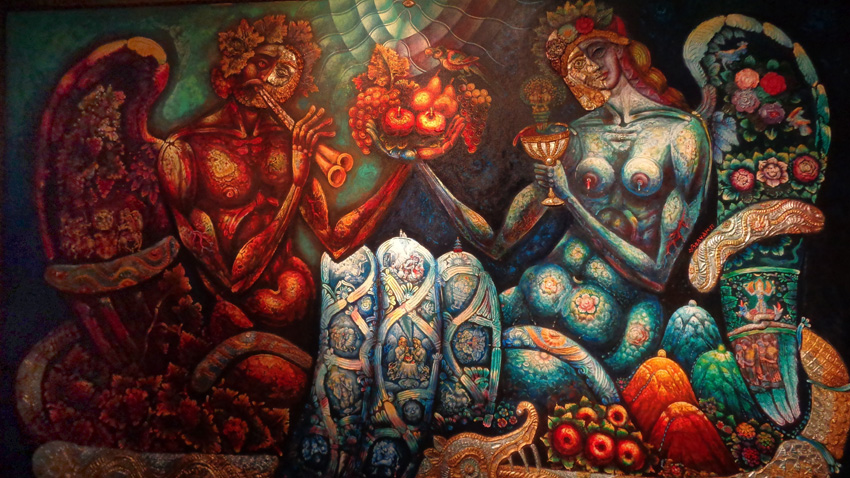
„The exhibition is based on joint work of professionals who work in different fields of knowledge and art. It was an experiment, a challenge”, says Lyubava Georgieva. ”The display shows some well-known pieces from the most famous Thracian treasures, icons and church plate but it also features as fresco of The Assumption from a church in Botevgrad and a very interesting local stone relief with an image of a seven-headed dragon with crowns from Ivailovgrad.”
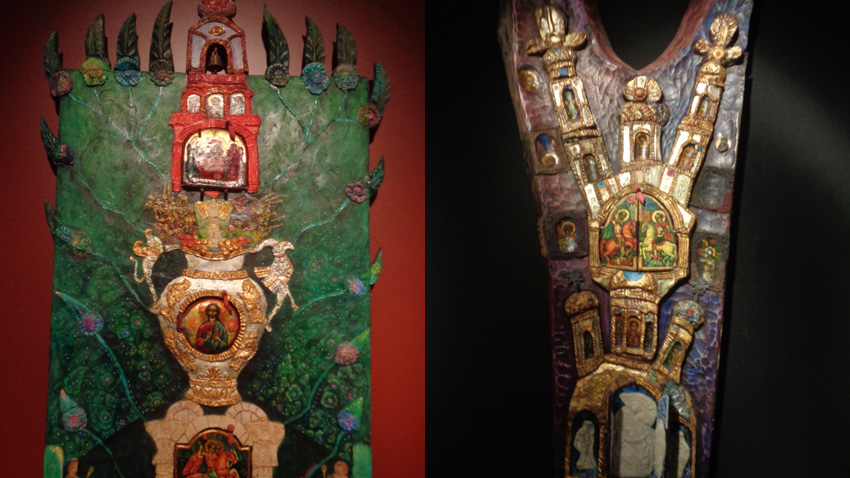
English Daniela Konstantinova
Photos from the exhibition: Veneta PavlovaThe premiere of the Bulgarian-Ukrainian film "The End of the River" by Bessarabian-Bulgarian director Vasil Barkov will take place today at 6.30pm at the Cinema House (37, Exarch Joseph Street, Sofia). The film is "an emotional and visually striking..
The most genre-diverse festival produced by the National Palace of Culture has been revived under the motto "Dialogue of Colors and Thoughts", with a central theme— the unifying power of art. The National Palace of Culture has over ten festival formats,..
The New Bulgarian University announces the start of its initiative Spring Days of the Arts , a celebration of creativity and culture. From today until 5 June, more than 30 cultural and artistic events will take place, involving students, faculty and..

+359 2 9336 661
